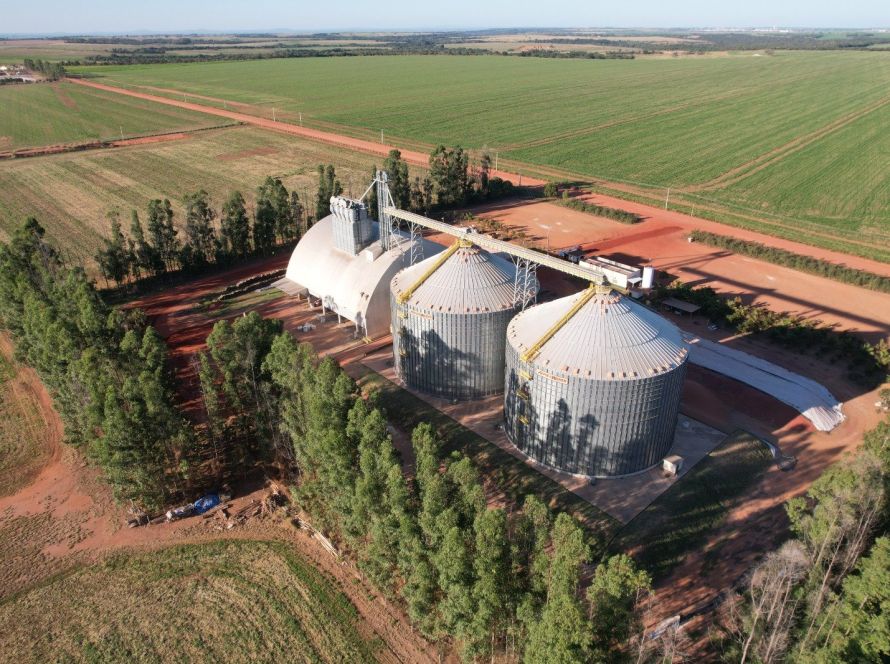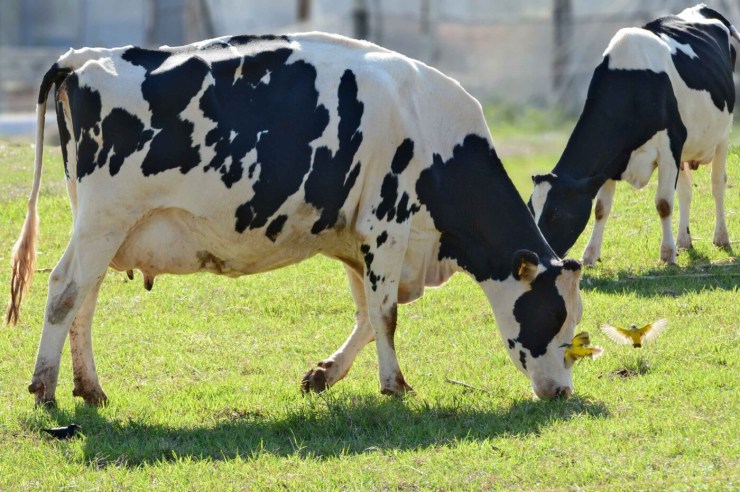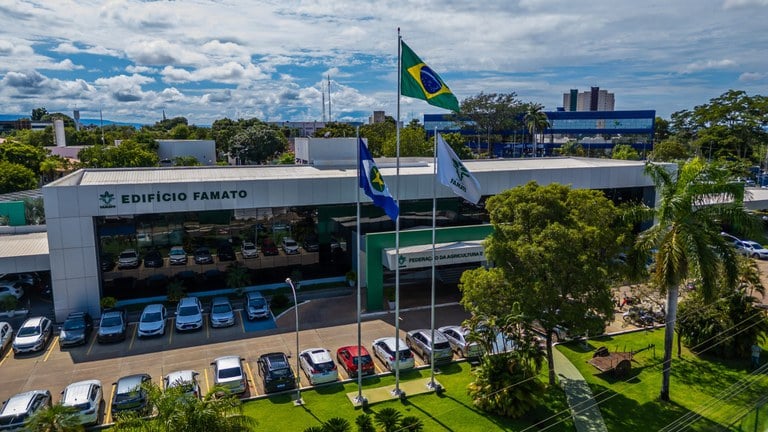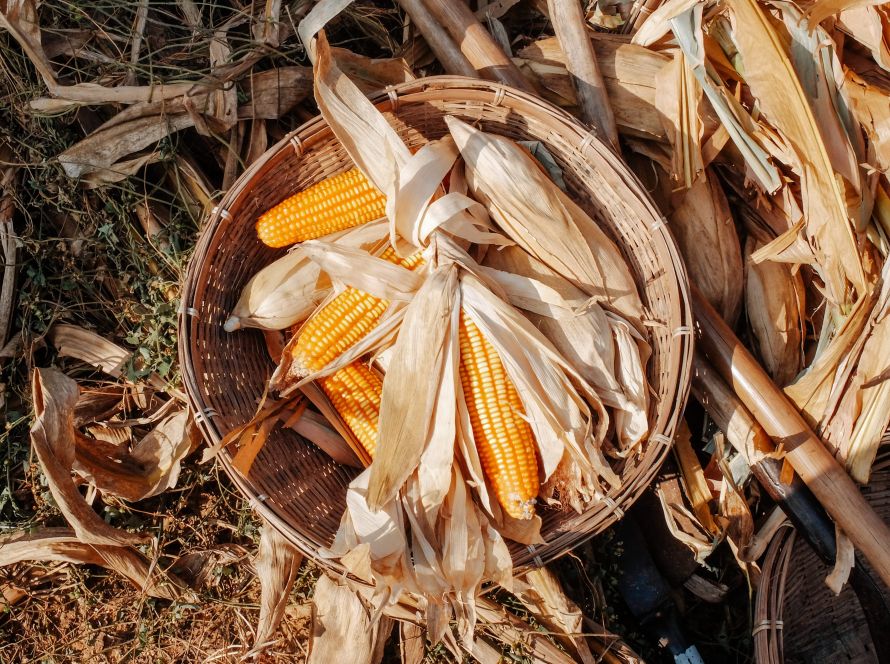The state of Goiás maintains the status of an area free of the carambola fruit fly (Bactrocera carambolae), a pest of quarantine importance that poses serious risks to fruit growing and may result in international trade restrictions. This phytosanitary status is guaranteed through rigorous inspection and monitoring work carried out by the Goiás Agricultural Defense Agency (Agrodefesa), in partnership with the Ministry of Agriculture and Livestock (Mapa) and rural producers.
To prevent the introduction of the pest into the State, Agrodefesa carries out continuous phytosanitary surveys, using 40 traps installed in strategic areas, such as transit points for cargo and people coming from regions where the pest is present.
Every two weeks, state agricultural inspectors monitor 38 of these traps distributed across 34 municipalities in Goiás, including Anápolis, Porangatu, Goiânia, Rio Verde, Jataí, Catalão, Cristalina and Itumbiara. Two other traps are installed at Goiânia Airport and the capital's bus station, under the supervision of federal auditors from MAPA. To date, laboratory tests and official reports confirm that Bactrocera carambolae has not been detected in Goiás, reinforcing the effectiveness of prevention and surveillance actions.
Currently present in the states of Amapá, Pará and Roraima, the pest has a wide range of hosts, attacking fruits such as star fruit, citrus (orange), guava, mango and papaya. The introduction of the star fruit fly in Goiás could jeopardize fruit exports, leading to cargo embargoes and increased phytosanitary requirements in international trade. “Maintaining the phytosanitary status of Goiás as an area free of the star fruit fly strengthens Goiás’ fruit industry and ensures that our products meet the requirements for commercialization in the national and international markets,” highlights the president of Agrodefesa, José Ricardo Caixeta Ramos.
Economic and phytosanitary impacts
The damage caused by the carambola fruit fly goes beyond the destruction of the fruit, which rots and falls before harvest. The economic impact is significant, increasing production costs due to control measures and restricting interstate and international trade. In addition, eradicating the pest in infested areas requires rigorous actions, such as chemical control, destruction of host fruits and restrictions on the transportation of agricultural products.
Technical advisor to the Agricultural Defense Department, Leonardo Macedo, emphasizes the importance of continuous monitoring. “Our preventive work not only protects rural producers in Goiás, but also ensures the competitiveness of the state’s fruit industry on the global stage. The presence of this pest in the state would cause significant losses to the entire production chain,” he warns.
How to identify the carambola fly
Bactrocera carambolae is a fruit fly of the Tephritidae family, classified as a quarantine pest present in Brazil. Adults measure between 7 and 8 mm, have a black thorax and a yellowish abdomen with black stripes in the shape of a “T”. Females lay eggs under the skin of the fruit, and the larvae feed on the pulp, causing production losses.
The coordinator of the Agrodefesa Citrus Pest Prevention and Control Program, Mariza Mendanha, explains that the presence of the pest can be identified by signs such as perforations in the fruit skin and areas of rot. She emphasizes that continuous monitoring and the collaboration of producers and the population are essential for the work of preventing the carambola fruit fly. “In case of any suspicion, it is essential to immediately contact Agrodefesa by calling 0800 646 1122. Working together, we guarantee the plant health of our state”, she concludes.





